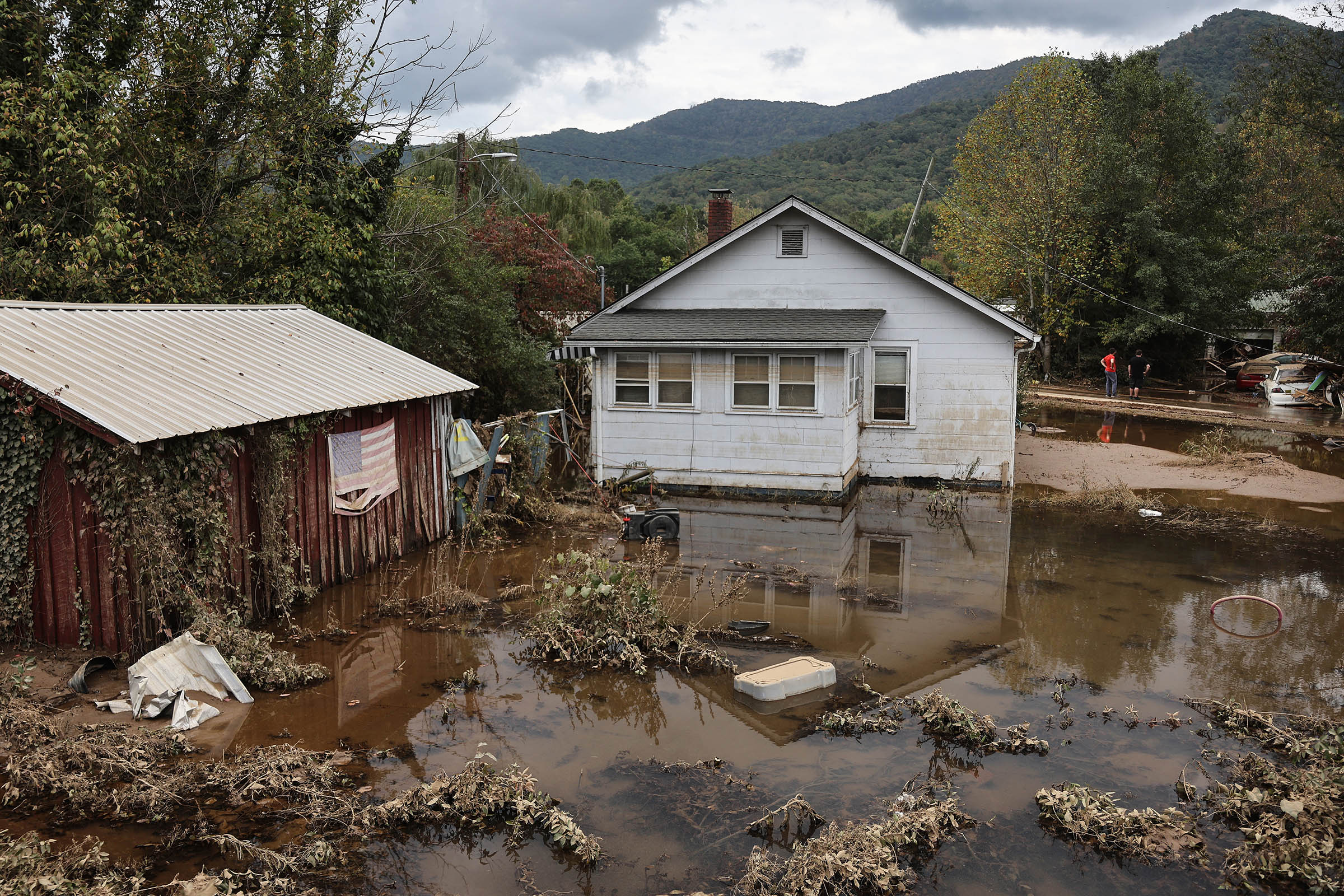By JEFF AMY Associated Press
ATLANTA (AP) — The wait continues for Georgia farmers who need more aid after Hurricane Helene, even as state and federal officials in other states announce agreements.
The U.S. Department of Agriculture and Georgia Agriculture Commissioner Tyler Harper on Tuesday announced Georgia farmers will receive $531 million, on the same day that federal and state officials announced $38 million in additional aid for South Carolina farmers.
But unlike in South Carolina, as well as earlier announcements in Florida, North Carolina and Virginia, Georgia’s aid amount wasn’t accompanied by a finalized agreement on how the state is going to hand out the block grant.
Matthew Agvent, a spokesperson for the Republican Harper, said Georgia officials are “ironing out administrative details in the agreement with USDA while we also finalize the state’s work plan.” He didn’t estimate when a final agreement might be signed. Agvent said Tuesday’s announcement is significant, though, because it means state and federal officials have agreed on how much money should be spent to provide aid to farmers for different kinds of crops. Agvent called that “the vast majority of the negotiation process.”
“This funding is absolutely essential to help our farm families bounce back from Hurricane Helene, and our team invested hundreds of hours into the negotiation process to secure the maximum possible amount of federal funding for our state and our producers,” Harper said in a statement, citing the “urgency of the situation.” U.S. Agriculture Secretary Brooke Rollins said in her statement that aid was being delivered “in record time.”
Harper, a strong supporter of President Donald Trump, has been facing questions about when money would begin flowing around the anniversary of Helene’s Sept. 26, 2024, landfall. Georgia officials previously said they had hoped to finalize their agreement in May or June.
The delays are frustrating Georgia farmers, who have operated for a year without making up losses not covered by insurance or other assistance programs. Some farmers have dipped into savings to pay for losses. Others have unpaid debts from last year, and couldn’t borrow as much to plant 2025 crops. A few have sold equipment or land to generate cash. The financial stress comes as farmers face low prices for some crops even as the price of farming has risen.
Vann Wooten, a farmer in south Georgia’s Jefferson Davis County, told WJCL-TV last week that he’s stopped raising chickens and refocused on cattle and produce after the storm demolished his chicken houses, causing $2 million in damage. Georgia officials have said destruction to the state-leading poultry industry is one of the biggest targets for additional aid.
“We still haven’t gotten nothing. We still haven’t even got a word,“ Wooten, also a county commissioner, told the television station. “We got a promise. But nothing on paper.”
Delays came even though state and federal officials promised the process would move quickly, unlike after 2018’s Hurricane Michael, when assistance to farmers got held up because of a dispute between Trump and Democrats over additional aid for Puerto Rico. Then, Georgia officials didn’t start taking applications for grants until March 2020 after the October 2018 storm.
The September storm cut a swath from Florida’s Big Bend across eastern Georgia and upstate South Carolina before causing historic flooding in western North Carolina and eastern Tennessee.
Helene is the seventh-most expensive disaster in the United States since 1980, causing an estimated $78 billion in damage and 219 deaths.
Officials have estimated that Helene caused billions in property and economic damage to agriculture, including $5.5 billion in Georgia and $4.9 billion in North Carolina.
Federal agriculture officials have said they are working with 14 different states to negotiate block grants following a $100 billion package passed by Congress in December. In July, they announced completed agreements for $676 million in relief for Florida farmers covering losses from not only Helene but also Hurricanes Idalia, Debby and Milton. They also announced $61 million in relief for Virginia farmers that month. Earlier this month, they also announced a $221 million aid program for North Carolina. In all those cases, like with Tuesday’s South Carolina announcement, those included final deals on distribution.









